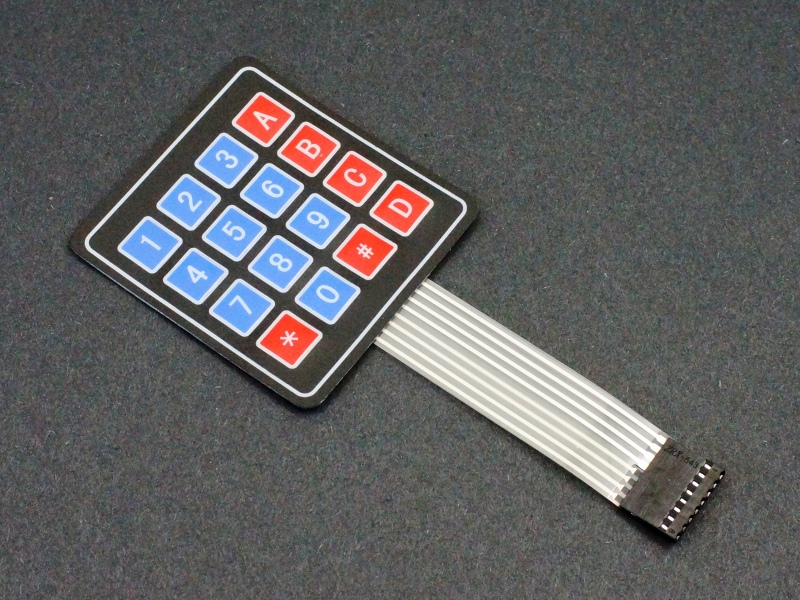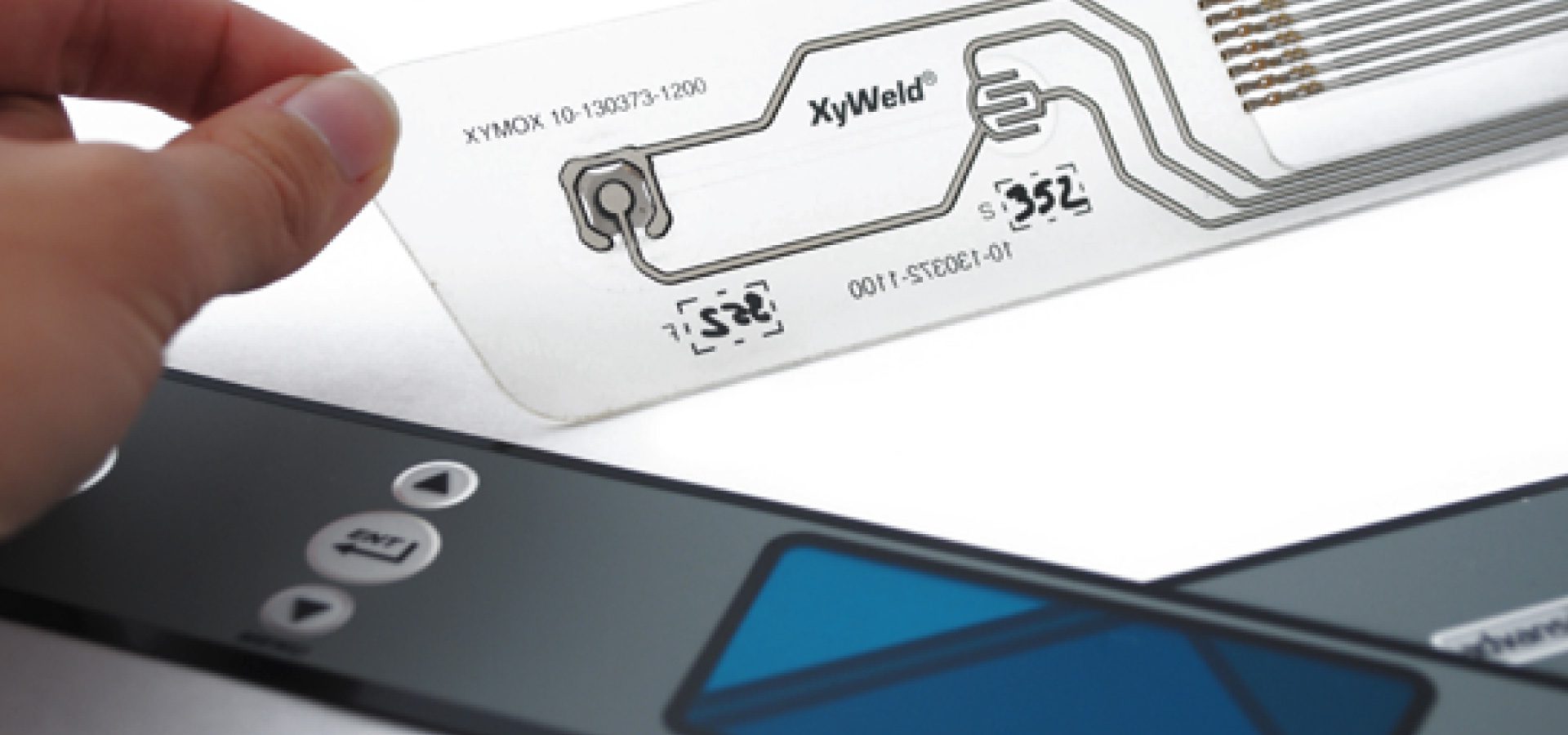Why Membrane Switches Are Gaining Popularity in the Automotive Industry
Discover Just How Membrane Switches Feature and Their Function in Modern Electronics
Membrane Switches represent an innovative integration of innovation and layout within the realm of modern-day electronics, serving as crucial interfaces in countless devices. Comprehending the intricacies of Membrane button capability and their broader effects in enhancing user experience welcomes further exploration right into their layout, advantages, and the ingenious growths shaping their future in technology.
What Are Membrane Buttons?

Membrane buttons are identified by their toughness and resistance to environmental aspects, such as dust, moisture, and extreme temperatures. They can be customized with various graphics, colors, and tactile responses choices, enhancing individual experience while preserving aesthetic appeal - membrane switches. Moreover, the incorporation of printed circuits allows for seamless combination into tools, boosting general performance.
The versatility of Membrane buttons appears in their ability to sustain both simple and intricate control features. They can incorporate attributes such as LED indicators and touch-sensitive innovation, accommodating specific individual requirements. As modern technology remains to progress, Membrane Switches remain crucial for allowing intuitive and reliable customer interfaces, thus playing a crucial function in the development of modern-day digital gadgets.
Elements of Membrane Buttons
Membrane switches are made up of numerous vital parts that function with each other to produce a functional and reliable user interface. The key elements include the graphic overlay, sticky layer, spacer layer, and conductive traces.
The visuals overlay offers as the individual interface, commonly published on an adaptable substratum such as polyester or polycarbonate. This layer not just provides visual appeal yet also consists of responsive responses, aesthetic signs, and safety attributes. Beneath the visuals overlay lies the glue layer, which secures the button to the gadget and guarantees durability versus environmental stresses.
The spacer layer is essential for keeping the required space between the graphic overlay and the circuit layer. When pressure is used, this void permits for the activation of the switch. The conductive traces, normally made from silver or carbon, form the electric pathways that complete the circuit when the button is involved.
Additionally, a backing layer might be included for architectural assistance and insulation. These components work together effortlessly, guaranteeing that Membrane switches are both resistant and easy to use, making them crucial in numerous modern-day digital applications.
Just How Membrane Switches Work
Just how do Membrane Switches function efficiently within digital tools? Membrane Switches operate on the principles of pressure-sensitive modern technology, using a layered construction that consists of graphic overlays, glue layers, and conductive aspects.
The design of Membrane switches is crucial for their reliable operation (membrane switches). The layers are diligently engineered to provide responsive feedback, durability, and resistance to ecological elements such as dampness and dust. The incorporation of domes-- little, elevated areas within the button-- enhances responsive feedback, supplying users with a recognizable click sensation upon activation
In addition, Membrane buttons can be tailored in terms of dimension, form, and graphics, making them appropriate for numerous applications. They are frequently made use of in control panels, medical gadgets, and customer electronics because of their streamlined design and integrity. Overall, the effective performance of Membrane switches is essential in improving user communication and ensuring seamless procedure in modern-day electronic gadgets.

Applications in Modern Tools
Using their unique design and performance, Membrane buttons have actually come to be integral components in a broad variety of modern-day digital tools. These functional user interfaces are used in customer electronic devices, industrial equipment, medical gadgets, and vehicle controls, giving smooth customer interaction.
In consumer electronics, Membrane buttons are commonly found in appliances like microwaves, washing machines, and various other household devices, where they enable intuitive control with a streamlined account. Their inconspicuous style assists in combination into compact tools, improving aesthetic appeal without compromising functionality.
In commercial applications, Membrane Switches act as control board for equipment, using toughness and resistance more helpful hints to extreme atmospheres. Their ability to withstand dampness and pollutants makes them optimal for use in manufacturing and handling markets.
Medical devices likewise gain from Membrane buttons, which are created to be simple to clean and maintain, making sure hygiene in clinical setups. They are commonly used in analysis devices, patient surveillance systems, and mobile clinical devices, where integrity is vital.
Advantages of Membrane Switches
Among the essential advantages of Membrane buttons is their flexibility, which permits them to be tailored for a selection of applications across numerous markets. These buttons can be developed in numerous shapes and dimensions, accommodating one-of-a-kind product needs while offering smooth integration right into tools. Their thin account enables a smooth and compact design, commonly enhancing the aesthetic allure of electronic products.
An additional significant advantage is their durability - membrane switches. Membrane buttons are typically resistant to dirt, dampness, you can try these out and chemicals, making them optimal for rough environments. This durability expands their lifespan compared to standard mechanical buttons, reducing the requirement for constant substitutes
Additionally, Membrane Switches deal cost-effectiveness. The manufacturing process involves printing modern technologies that reduce production costs, specifically for big runs. This cost, integrated with reduced maintenance needs, makes them an appealing alternative for manufacturers.

Verdict
Finally, Membrane Switches represent a significant improvement in individual interface innovation within contemporary electronic devices. Their split building, pressure-sensitive procedure, and versatility to numerous applications highlight their value throughout several markets. The toughness and environmental resistance of Membrane Switches better boost their allure, making them a recommended option for makers seeking personalized and reliable remedies. As the need for durable and user-friendly user interfaces remains to grow, the role of Membrane buttons fit individual experience will definitely expand.
Membrane Switches stand for an advanced integration of modern technology and style within the realm of contemporary electronics, offering as important user interfaces in various tools.In the realm of modern-day electronics, Membrane Switches serve as critical elements that facilitate customer interaction with gadgets. As modern technology continues to advance, Membrane Switches continue to be vital for enabling user-friendly and reliable user interfaces, thus playing an essential function in the advancement of contemporary digital devices.
Exactly how do Membrane Switches function efficiently within digital devices? In general, the reliable performance of Membrane switches is essential in boosting user interaction and making sure smooth procedure in modern electronic gadgets.